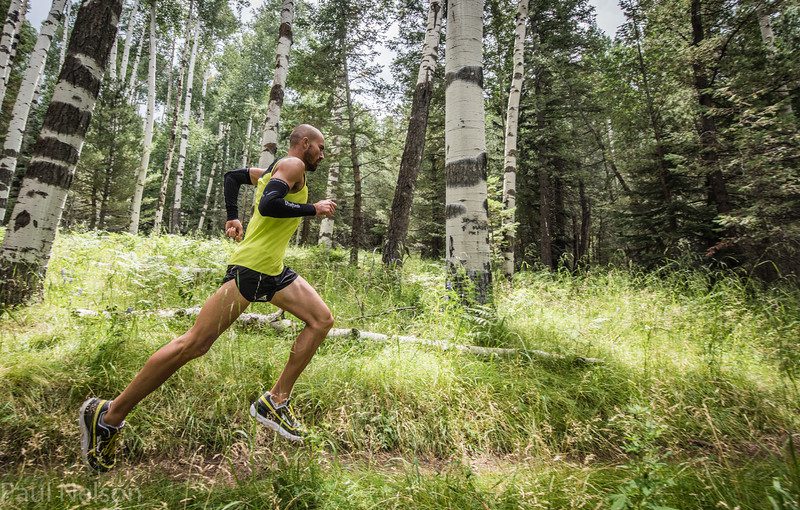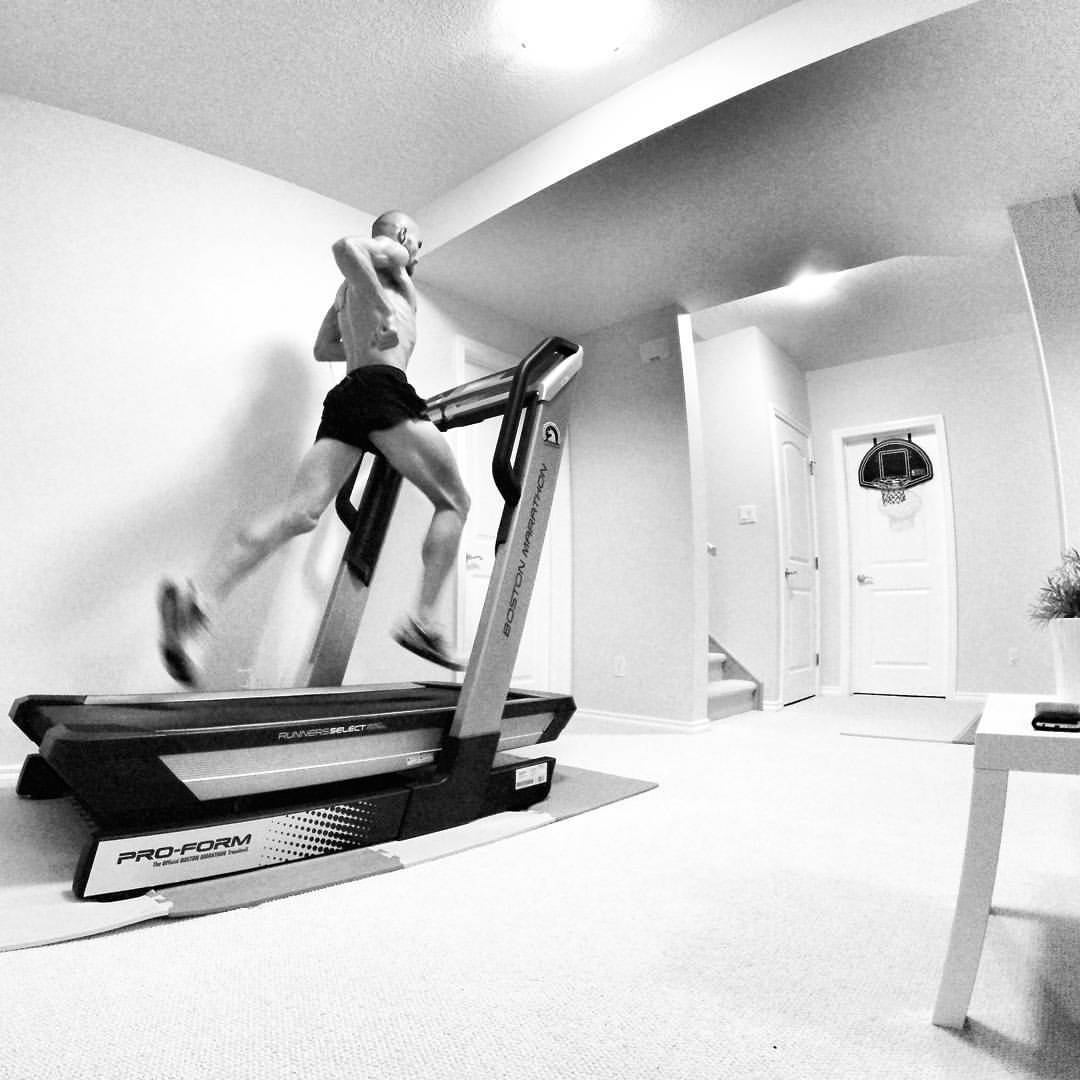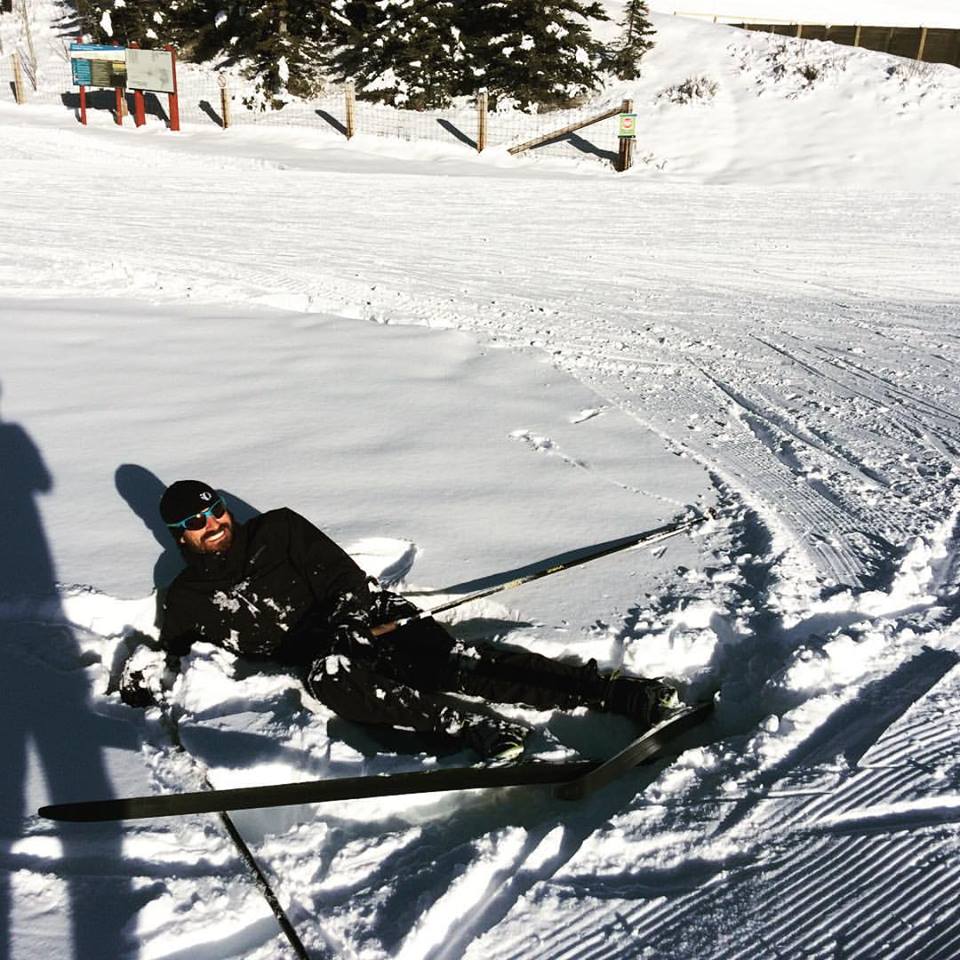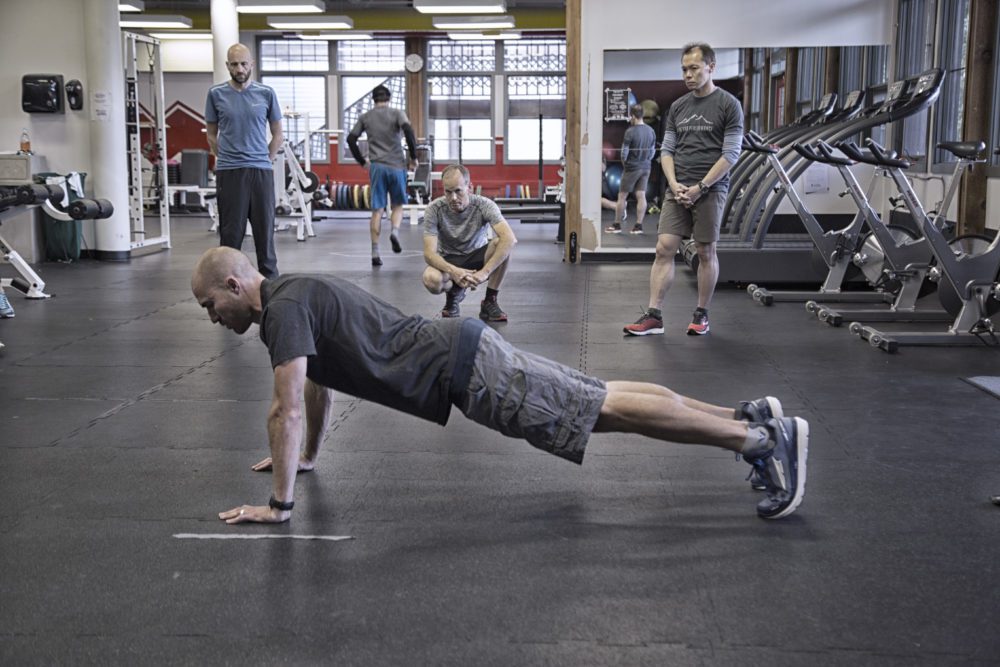5 seasonal tips for fall trail running
Trail and ultrarunning coach Jacob Puzey explains what to do this shoulder season


As trail and mountain running season comes to a close, trail runners can sometimes feel like lost puppies. Shoulder season means it’s dark, cold, and our favourite trails will soon be covered in mud, snow, or ice. When you don’t know which way to turn, trail and ultrarunning coach Jacob Puzey shares advice for navigating your run fitness. Planning and executing run training during the shoulder season isn’t easy, but doing so can result in gains when it matters most. Here are five tips for trail runners this season.
RELATED: Don’t let your summer months go to waste! How to plan your off season wisely
1. Know your motivation
Every athlete is different. Knowing what motivates you during the fall and winter months is important when planning your training. Depending on individual personalities and location, “Some people like to have a race on the calendar to keep them motivated to train over the winter, whereas others want and need the break from intense training and racing so they don’t put anything on the race calendar until later the following year.” Puzey says “Both options are good options.”

2. Define goals
Puzey recommends a two- to four-week break from formal training. Then focus on defining your goals for the following year. If a runner doesn’t “intend to race for a while, there is less of an emphasis on training specifically for a particular event.” However, if the runner has an early spring goal race, then more specific run training will occur in the fall and winter months.
https://www.instagram.com/p/BpPWLRZgJpq/?tagged=trailrace
RELATED: Learning to love your off-season running
3. Address problems
Following some down time, the shoulder season, or off-season is a good time “to address any recurring niggles or injuries and rehab them through rest, therapy, and potentially some ‘prehab’ exercises to prevent them from reccurring,” Puzey says. “It is also a good time to take a break from formal training, evaluate the previous year, and mentally recharge before ramping back up again.”

4. Take risks
Puzey recommends taking risks that you wouldn’t otherwise take during the regular racing season. “If running is the primary activity of the trail runner, it can be a good idea to intentionally get out of their comfort zone and learn a new skill or activity such as cross country skiing, ski mountaineering/touring, ice skating, hiking, fat biking, or cycling on an indoor trainer.” Puzey says that “the beauty of cross training is that one can often do two to three times as much work without the wear and tear on the body [as running].”

RELATED: Training tips: Survive and thrive in the off-season
5. Quality over quantity
Focus on strength and stamina rather than speed. “If a person decides to put a race on the calendar in early spring, I recommend doing quality workouts and long runs on a treadmill or a similar, safe surface.” Running outside with microspikes is also an option for funny looking trails. There is also less concern about strength work “negatively impacting running performance,” and runners can experience the benefits of quality workouts and strength just in time for spring.

Don’t be a lost puppy this season. As a professional trail and ultrarunner, Puzey believes that understanding our motivation, goals, and niggles can help runners acquire new skills and quality training over the shoulder season. Puzey trains and provides coaching services through Peak Run Performance in Canmore, Alta.

